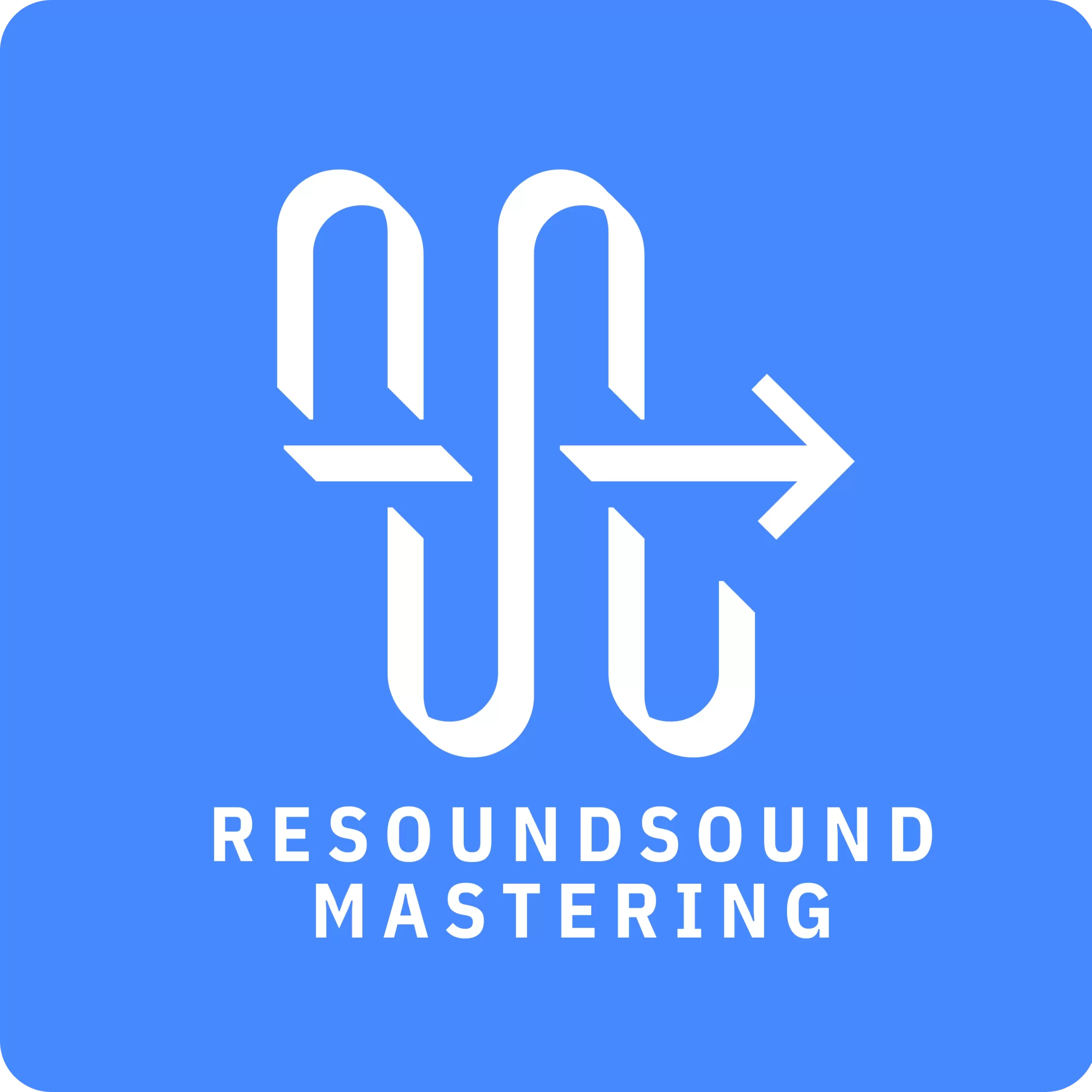When working on music, I often prefer using simple tools. Things that are focused on doing one thing really well.
This is something I’ve only started to learn and understand better in the past couple of years.
These days we have a lot of magnificently complex tools. Tools that sounds great and offer endless options and possibilities. They often look very attractive on the surface. Because with all those features they will do so much more for us, right?
Tools like that are usually not my first choice when making music.
Why?
First, because I am easily distracted. Using simple tools helps me stay on track and focus on the task at hand.
Second, complex tools tend to take more time to handle and manage. If I’m using a lot of tools like that, it adds up.
I design and develop my music making process with intention — asking myself questions like: What kind of workflow are my choices contributing towards? Am I making things easier or harder? Am I building momentum and consistency?
I don’t think everything can or should be dumbed down. It’s about choosing the methods and tools that are right for each moment.
I often draw for more complex tools for things like problem solving or mastering.
But option overload is real. It’s clearly one of the biggest problems of our time.
When making music I want to tap into the flow state. That allows me to move forward fast. Maintaining the momentum is very important.
The more I can simplify my process, the better it gets.
